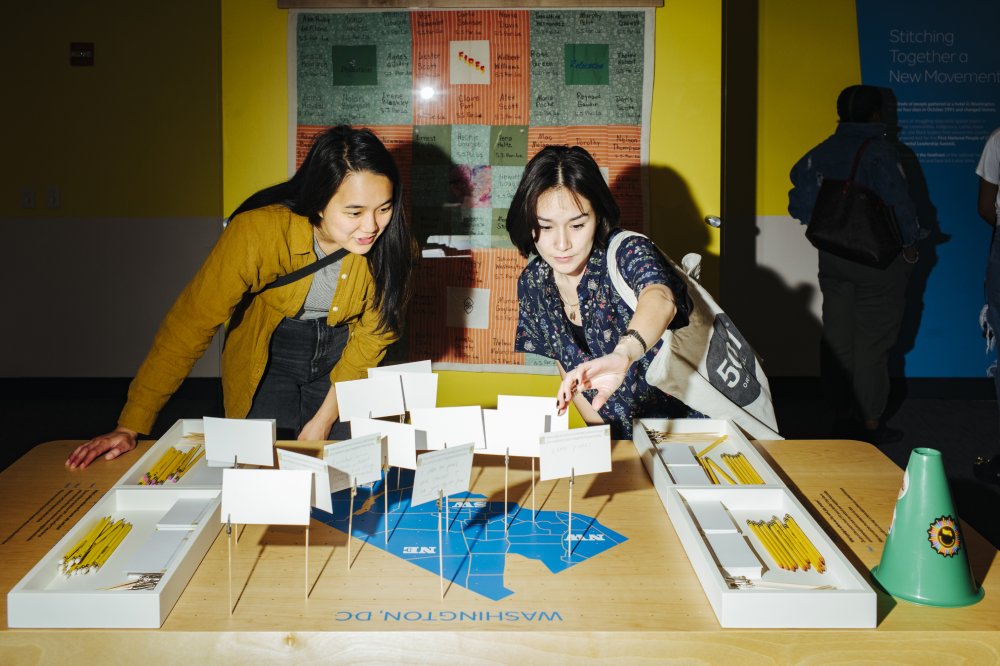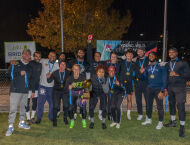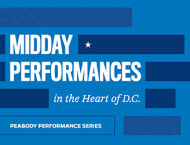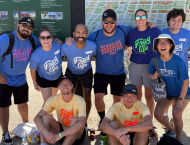Culture
 Anacostia Community Museum. Photo by Matailong Du.
Anacostia Community Museum. Photo by Matailong Du.
Off the Mall: Smithsonian Anacostia Community Museum
August 28, 2023 @ 10:00am
This bimonthly series highlights lesser-known museums in and around D.C.
One of the few Smithsonian museums not on the National Mall, the Smithsonian Anacostia Community Museum (ACM) works tightly with local organizations to “bring to the fore issues our communities are grappling with,” says Museum Curator Rachel Seidman.
The ACM’s newest exhibit, “To Live and Breathe: Women in Environmental Justice in Washington, D.C.,” offers an inspiring look at local sheroes of the environmental justice movement, all women of color.
“The environment isn’t something separate ‘out there,’” says Seidman. “As the activists highlighted in this exhibit make clear, it’s where people live, where they work, where they play and where they pray.”
The exhibit is organized around those four spaces, through interactive displays highlighting issues like the toxic exposure nail salon workers face, coupled with stories of community organizers like Hien Vu, who launched the DC Safe Nail Salon Project to protect workers and their families.
Tackling a topic that could easily feel heavy or hopeless, the exhibit instead uplifts and inspires. “To Live and Breathe” amplifies the voices and victories of grassroots groups like Empower DC, who in 2021 won a protracted battle to turn a historic school site in Ivy City into a community center.
DIY stations invite visitors to sketch their visions for environmental justice on quilt squares, design their own parks, create slogans for environmental justice buttons and more. Making a button won’t save the world, but it’s one small example of how the museum encourages visitors to take action and take responsibility.
ACM’s walls beam with the faces and stories of everyday citizens like Josephine Butler, the daughter of a sharecropper who came to D.C. to work as a laundress at age 14. Butler, whose signature hat and bell are on display, went on to organize the first union of Black women laundry workers, helped lead the integration of two local schools, championed the revitalization of local parks, and founded the D.C. Statehood Party, among other legacy acts.
As one ACM visitor wrote on the button they designed: “Be your own hero.”
Who It’s For:
Local history buffs, activists working at the intersection of civil rights, environmentalists and feminists, D.C. residents who haven’t yet explored East of the River and parents wanting to introduce their little ones to eco-educational experiences and role models.
Don’t Miss:
Learning about the groundbreaking First National People of Color Environmental Leadership Summit that gathered hundreds of community organizers across the country in D.C. in 1991, and the sketches of participant Linda Lee, who began drawing notable women leaders after noticing the media covering the event was focusing their cameras on the men present.
The museum’s virtual gallery is like an encyclopedia of artifacts illustrating D.C.’s cultural history and legacy, from local Black quilt makers and self-taught artists who created in relative obscurity to go-go legend Chuck Brown, one of the city’s best known and loved cultural icons.
Fun Facts:
The ACM was born alongside the Black power movement —and was an important predecessor to the National Museum of African American History and Culture.
The Smithsonian’s leadership in the 1960s recognized that many D.C. residents East of the River did not visit its museums on the Mall, and decided to create a special collection in a more accessible location.
Engaging with the Anacostia community on the museum’s creation, leadership was told, “We don’t want your treasures; we want to tell our stories,” according to Seidman.
Tips:
The ACM has just one main rotating exhibit space, but its programming spans beyond its physical walls, with foraging walks held periodically on its adjacent trail; a weekly farmer’s market on site; an ongoing craftivist circle; and horticulture activities in its herb, vegetable and native plant gardens. Interested parties can also make an appointment to explore the museum’s research archives or sign up for a guided group tour.
The Smithsonian Anacostia Community Museum is free and open Monday-Friday from 11 a.m. to 4 p.m. and Saturday-Sunday from 10 a.m. to 4 p.m. Free parking on site. Visit their online exhibits and learn more about their programs here.
Smithsonian Anacostia Community Museum: 1901 Fort Pl. SE, DC; anacostia.si.edu // @smithsonianacm
Want to learn more about the many ways to experience life in D.C.? Join the District Fray community, where you’ll gain first access to exclusive events in the District. Become a member and support local journalism today.







